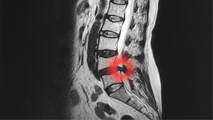
Have you been diagnosed with Spinal Stenosis?
Have you looked on the internet in search of an answer?
Spinal Stenosis refers to a condition of the spine where the spinal canal is abnormally narrow. This could be a congenital condition or a result of a traumatic or degenerative condition such as osteoarthritis, disc ruptures or excessive ligament laxity.
Many people will be unaware of congenital spinal stenosis, acquired stenosis can be due to sporting or work related injuries, or accidents where the spine is forced into hyperflexion, hyperextension, or an compressive force on the spine initiates symptoms.
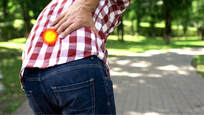
- Signs of stenosis range from:
- No symptoms to numbness,
- tingling,
- burning pain,
- temporary loss of sensation and muscle function in the arms and legs.
Episodes can typically last for a few minutes or several hours. Occasionally the symptoms will be brought on by exertion - walking, running etc. rest and bending forwards, or sitting down will often relieve symptoms.
Diagnosis of spinal stenosis is usually by spinal imaging, (X-Ray or MRI or CT scans). Painkillers and anti-inflammatories can be used for pain and symptomatic treatment.
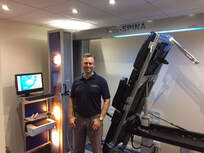
The Spinal Stenosis IDD Program in Buckingham
Here at Stockwood Osteopathic & Sports Injury Clinic we have an IDD Therapy machine which can help with the symptoms brought on by Spinal Stenosis.
Targeted distraction of the spine by an IDD Therapy machine can be used to ease the symptoms of some spinal stenosis. In some cases spinal surgery may be necessary if no other treatments have been effective.
If you are curious to find out more download our Spinal Stenosis program follow this link Click HERE or call on 01280 390760.
Here at Stockwood Osteopathic & Sports Injury Clinic we have an IDD Therapy machine which can help with the symptoms brought on by Spinal Stenosis.
- Accurate diagnosis via physical examination and the use of an MRI scan the structures contributing to your injury can be identified and addressed.
- Treatment is targeted to the spinal levels which are causing the issues.
- A program of exercises can be prescribed to get you back to strength and fitness.
Targeted distraction of the spine by an IDD Therapy machine can be used to ease the symptoms of some spinal stenosis. In some cases spinal surgery may be necessary if no other treatments have been effective.
If you are curious to find out more download our Spinal Stenosis program follow this link Click HERE or call on 01280 390760.
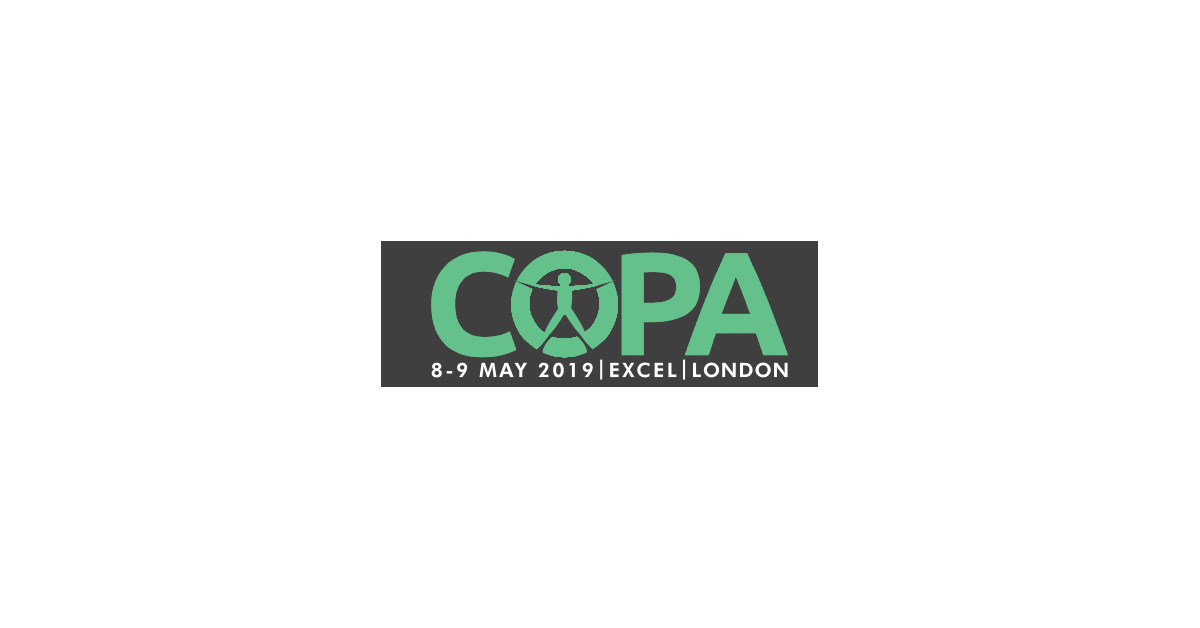
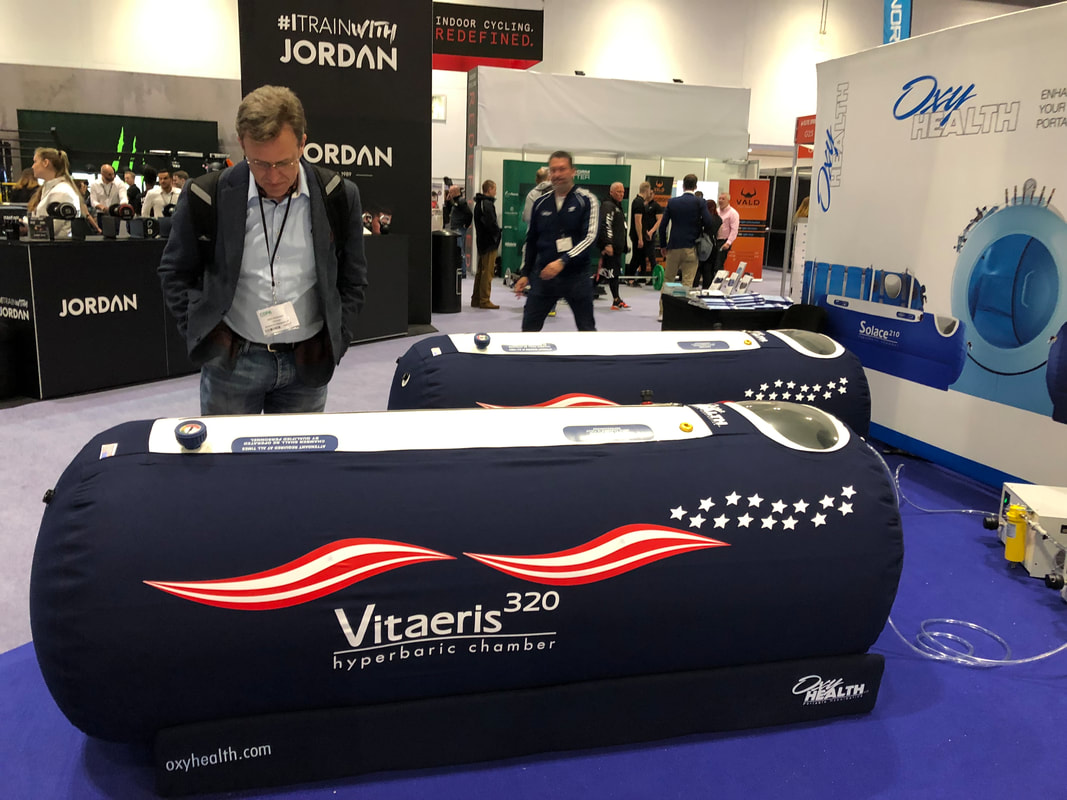
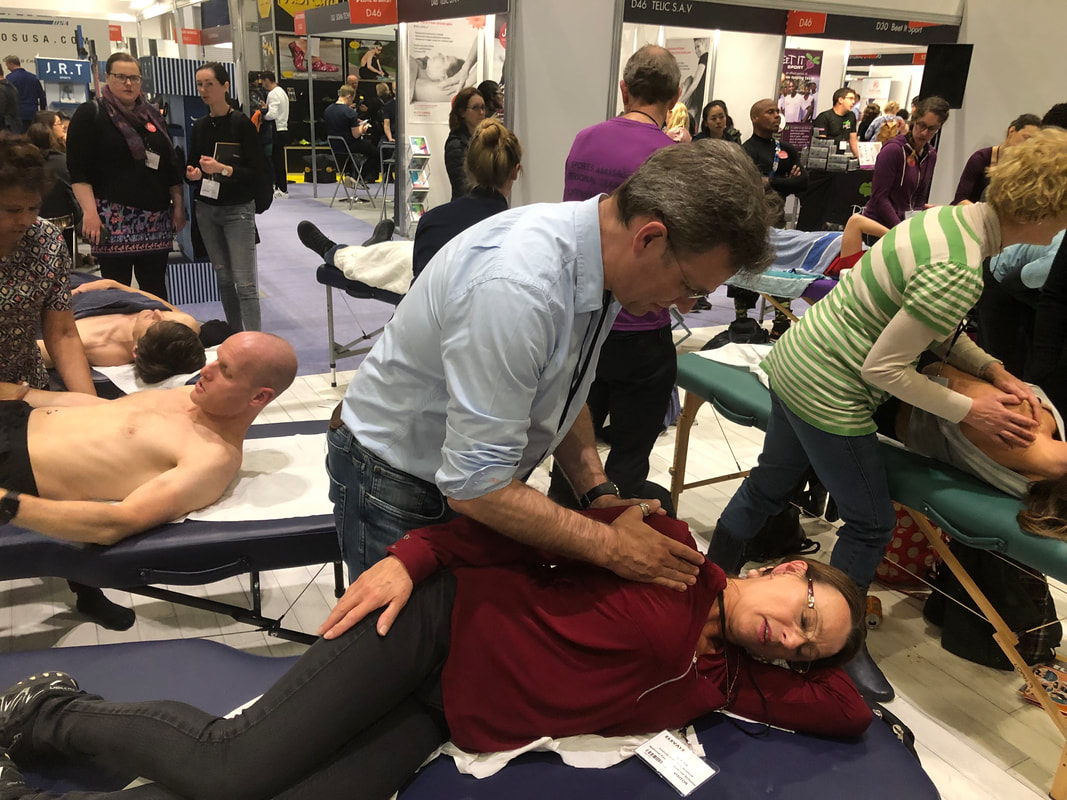
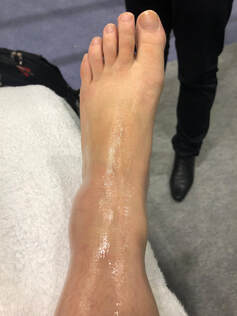
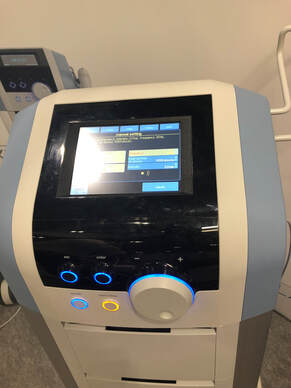
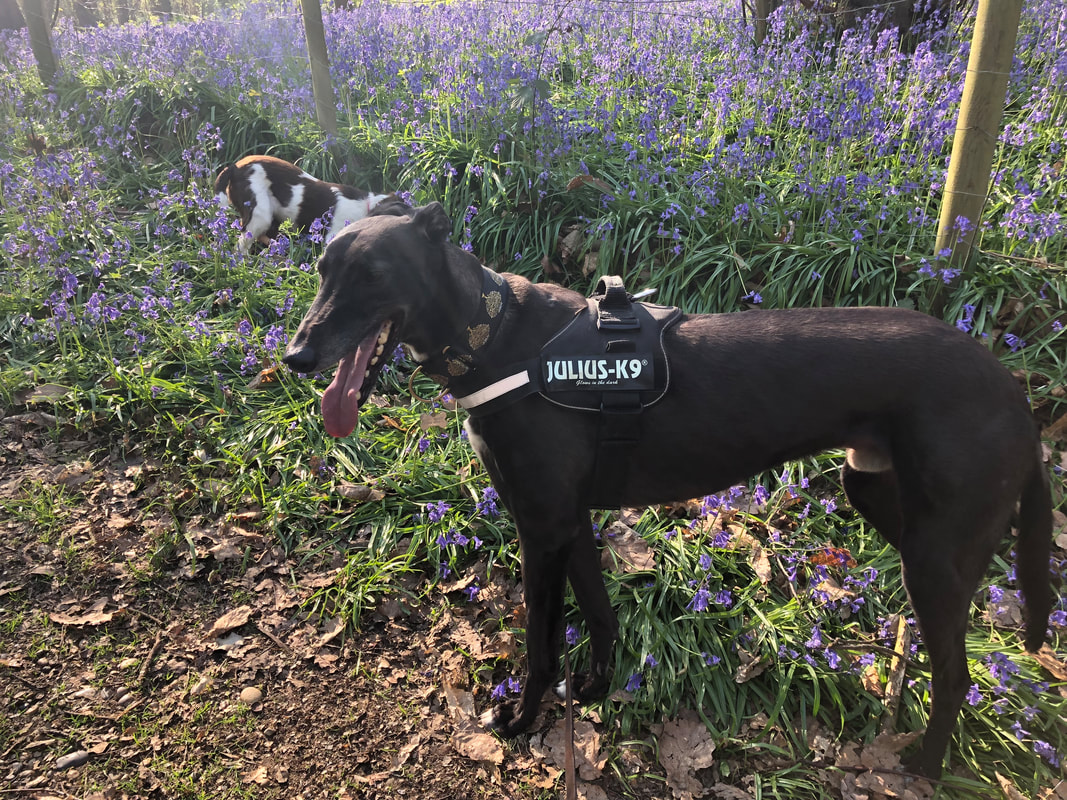
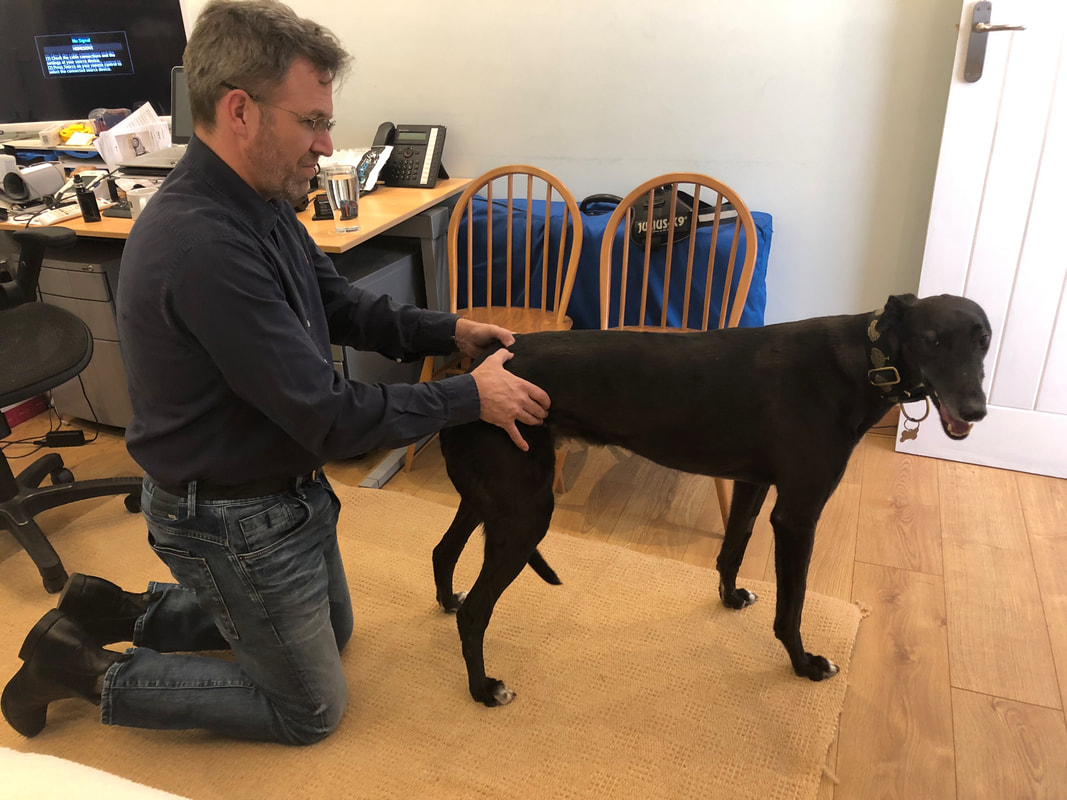
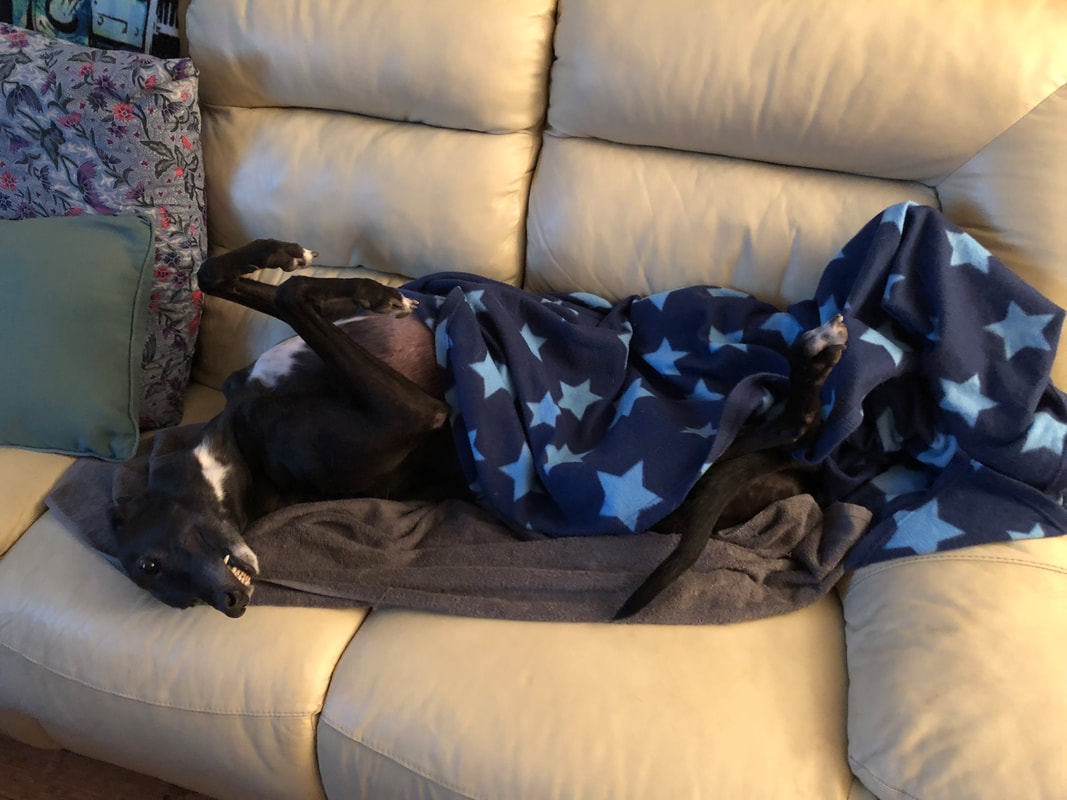
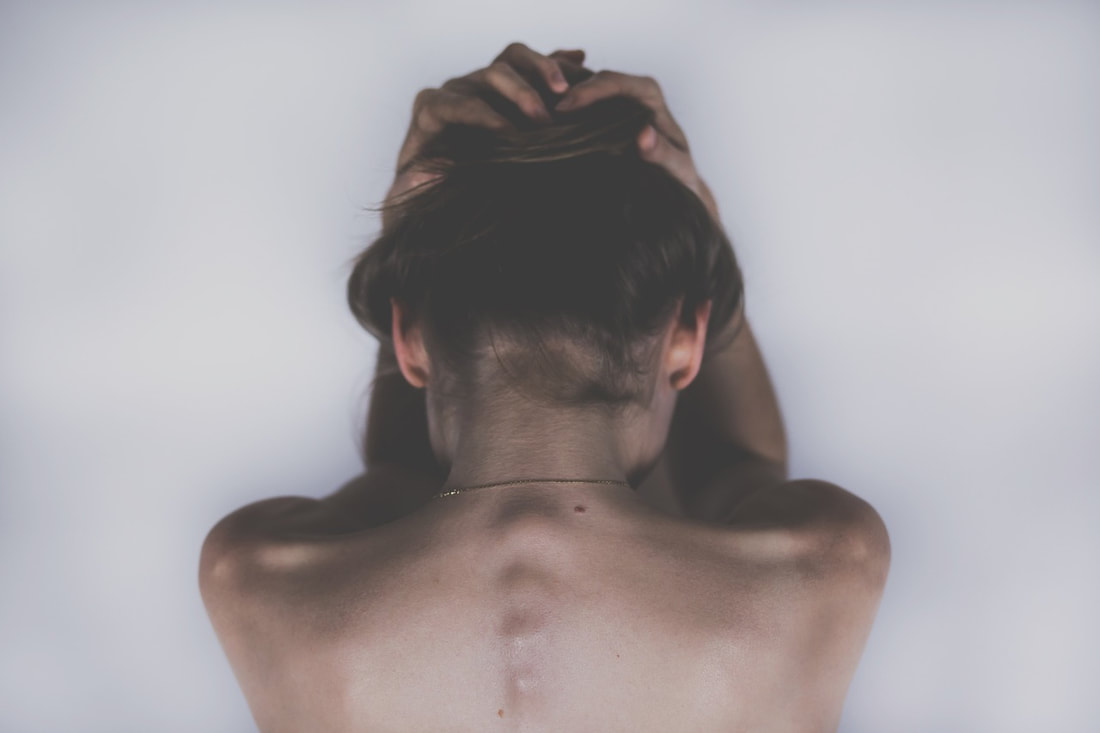

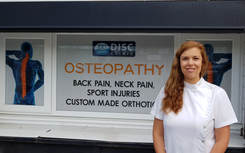
 RSS Feed
RSS Feed
